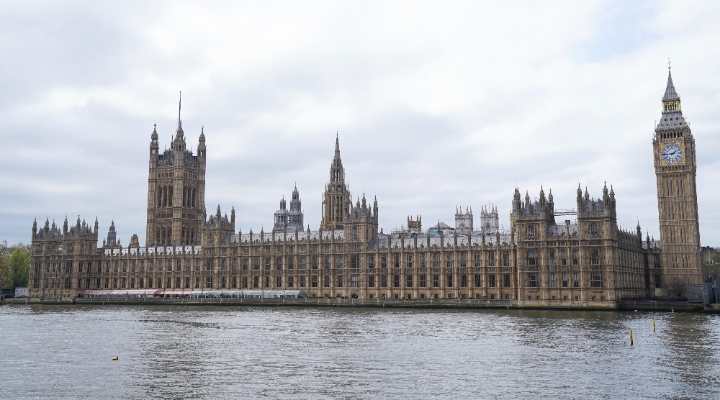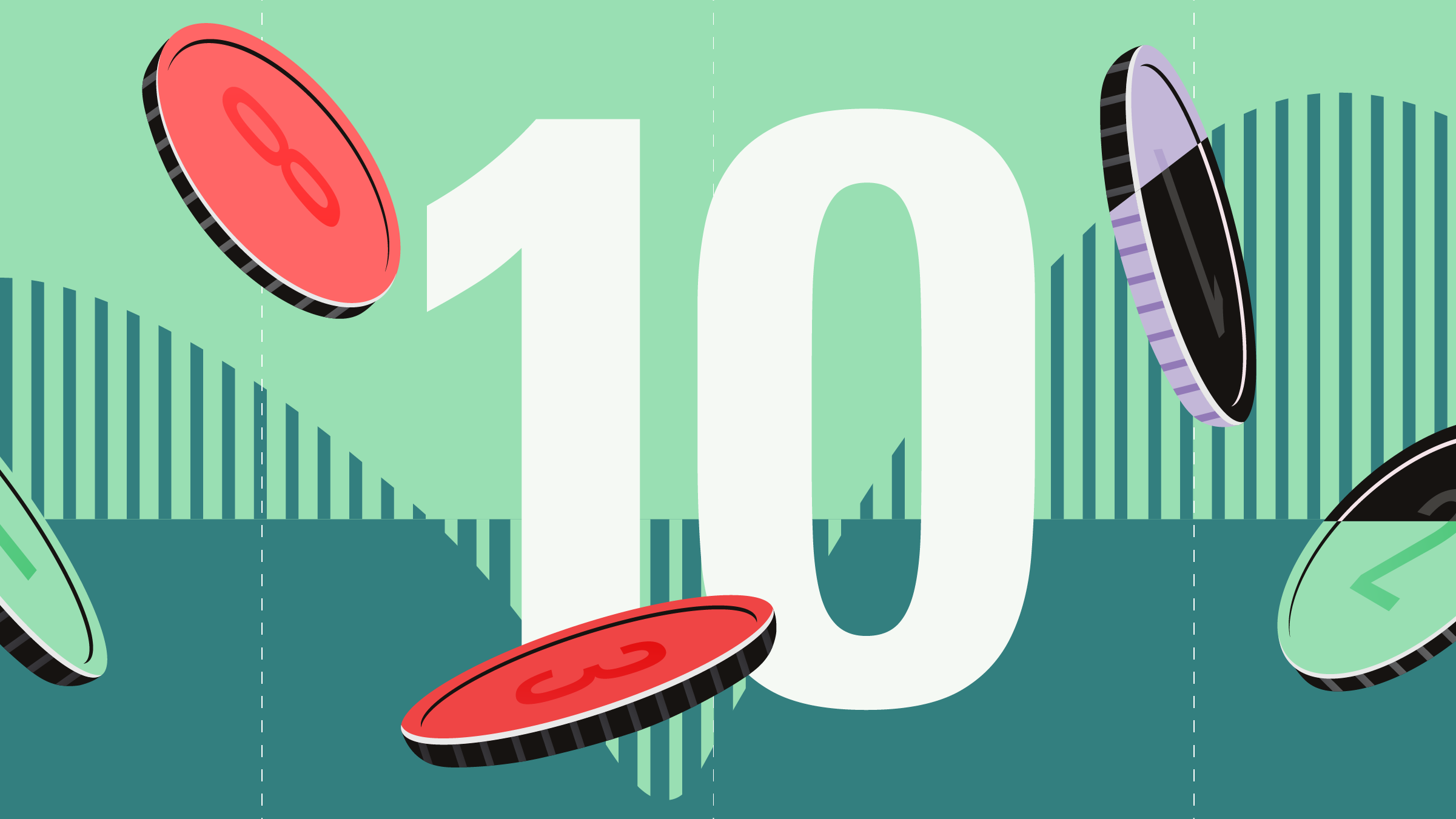
The UK unemployment rate was lower than expected in the last three months of 2023, and growth in earnings was more robust, data showed on Tuesday.
According to the Office for National Statistics, the jobless rate faded to 3.8% in the three months to the end of December from 4.2% in the period from September to November.
Unemployment had been expected to ease slightly less, to 4.0%, according to FXStreet-cited market consensus.
Annual growth in regular earnings, so excluding bonuses, amounted to 6.2% in the three months to December. Including bonuses, earnings rose 5.8% on-year.
Pay growth was higher than expected by both measures. Earnings including bonuses had been expected to rise by 5.6%, according to FXStreet, while excluding bonuses, a rise of 6.0% was forecast. The Bank of England is closely monitoring pay growth as it deliberates on the next course of action for monetary policy.
Annual earnings, both including and excluding bonuses, had risen 6.7% on-year in the three months to November, so growth in pay slowed in the three months to the end of last year.
The next batch of UK unemployment data is scheduled for March 12, so before the Bank of England's next decision on March 21 and the Budget, due March 22.
On Wednesday, the ONS reports UK inflation data for January. Annual consumer price inflation is expected to have picked up to 4.2% last month from 4.0% in December, according to FXStreet.
Analyst Reaction to UK Jobs Data
Rob Morgan, chief investment analyst at Charles Stanley said:
"Looking ahead the omens are perhaps less good. Job openings are still falling, illustrating reluctance of some employers to take on new staff as the economic outlook appears cloudy, so things may become a bit more difficult for those out of work or looking for a job.
"Today’s wage rises contribute to tomorrow’s spending power, impacting demand, and influencing inflation, so the Bank will be keenly monitoring average earnings growth in particular. Resilient wages have been a driver of sticky consumer price inflation, and they are not falling back into line as fast as the BoE would like as it looks to return inflation to the 2% target.
"What’s more, a further inflationary impulse could lie in wait in the form of an increase to the national minimum wage of almost 10% from April, which stands to simultaneously increase costs for employers and bolster household spending power, potentially exerting further upward pressure on prices."
Hugh Gimber, global market strategist at J.P. Morgan Asset Management, said:
"This morning’s UK labour market data will therefore be welcome news to consumers, showing wage growth above inflation for a seventh consecutive month.
“But the Bank of England will be viewing this data through a different lens. The recent trend lower in inflation, while good news, has largely been driven by a collapse in goods prices. The key watch item for the Bank lies in whether consumption reaccelerates as consumers find their feet.
"This would be good for growth but would also present upside risks to inflation, particularly in services sectors where prices tend to be more closely linked to wages. As a result, with today’s print pointing to some signs of slowing in a still strong labour market, significantly more evidence of cooling is likely required before the Bank is ready to consider cutting rates.”
Sarah Coles, head of personal finance, Hargreaves Lansdown, said:
"While wage rises are welcome, they’re no use at all to you if you are unable to work. There are two alarm bells ringing on this front: the economic inactivity rate has remained level, but within those figures is yet another rise in those who cannot work because of long-term sickness. This has reached another record high. With health services stretched so thin, and waiting lists so long, there’s a risk this figure continues to rise.
"Meanwhile, we have seen a spike in redundancies, taking us back to four per thousand – a level we haven’t seen since the beginning of 2021 – at the tail end of the coronavirus peak. It’s not significantly different to where redundancies were before the pandemic, but the rise in recent months has been notable. Back in August-October it was 2.2 per thousand. This could be a blip, but is well worth watching to see whether more structural weakness in the jobs market is on the way."





























